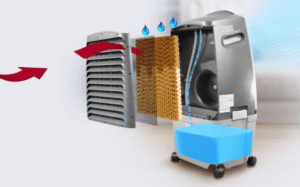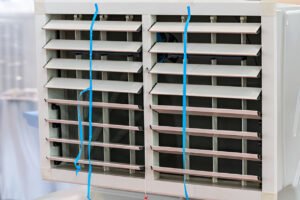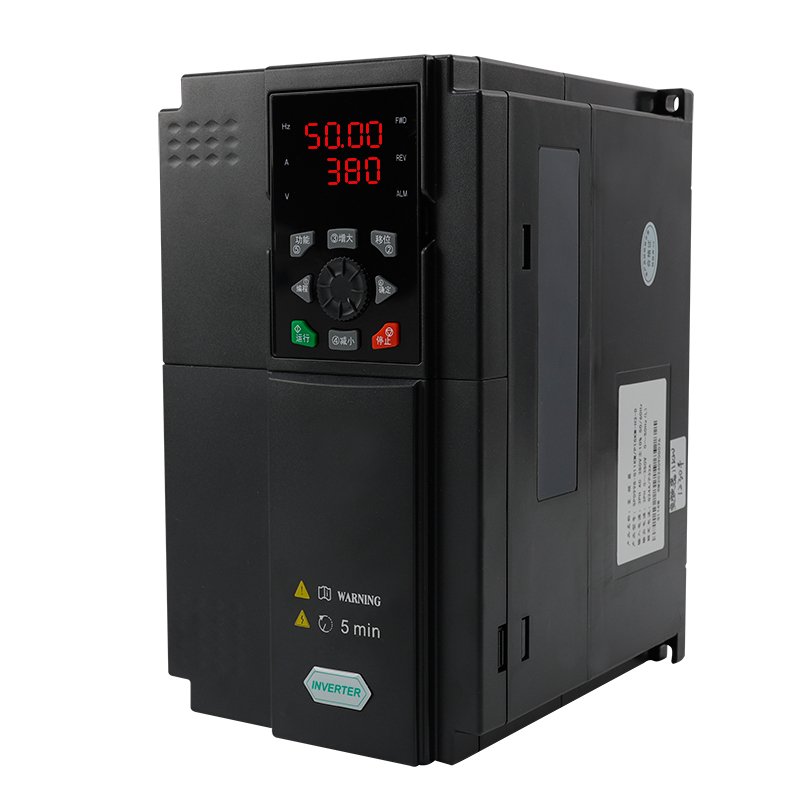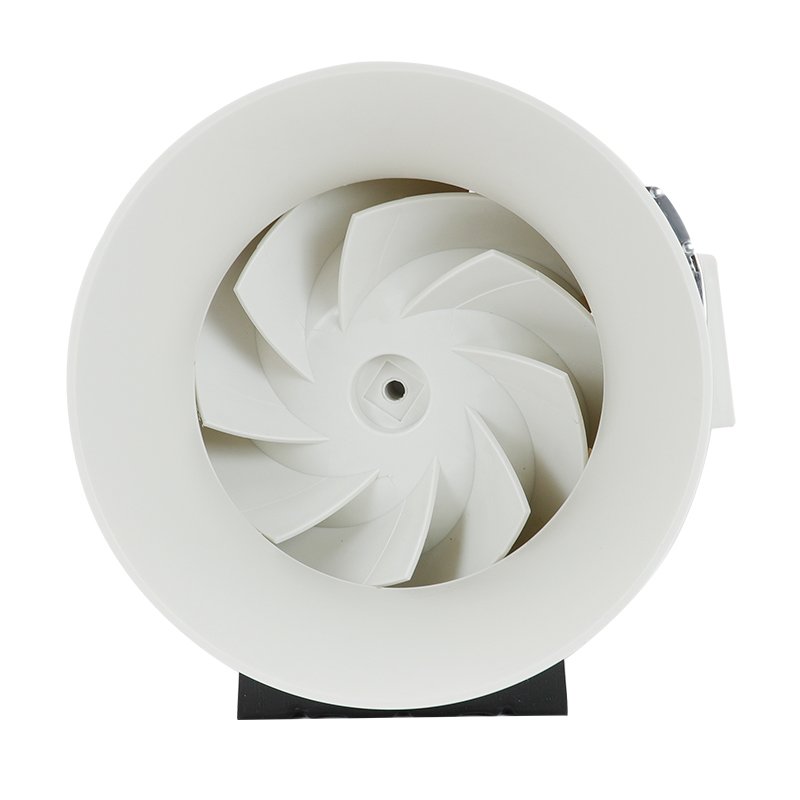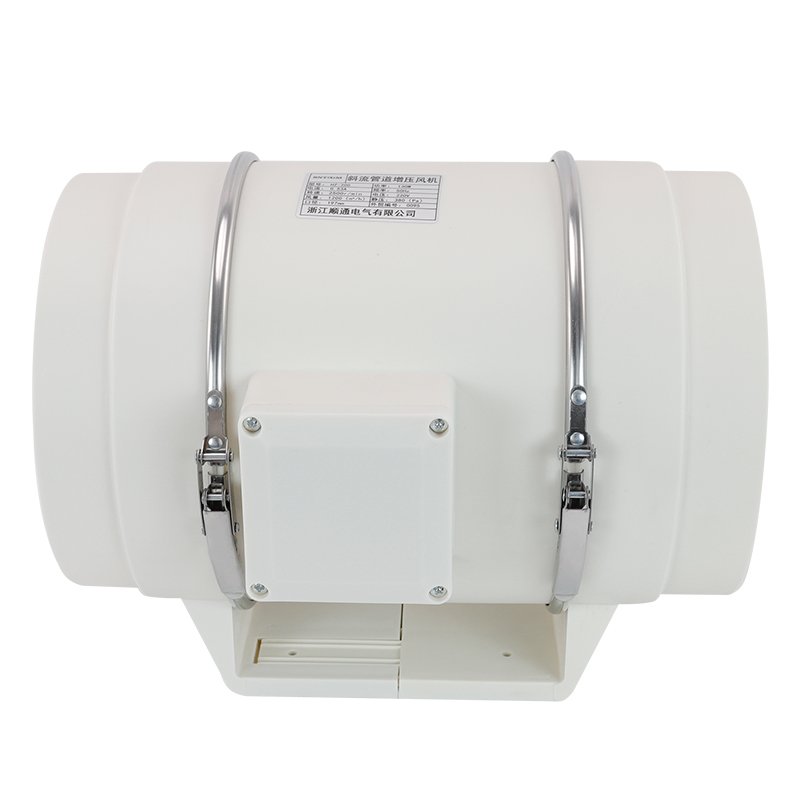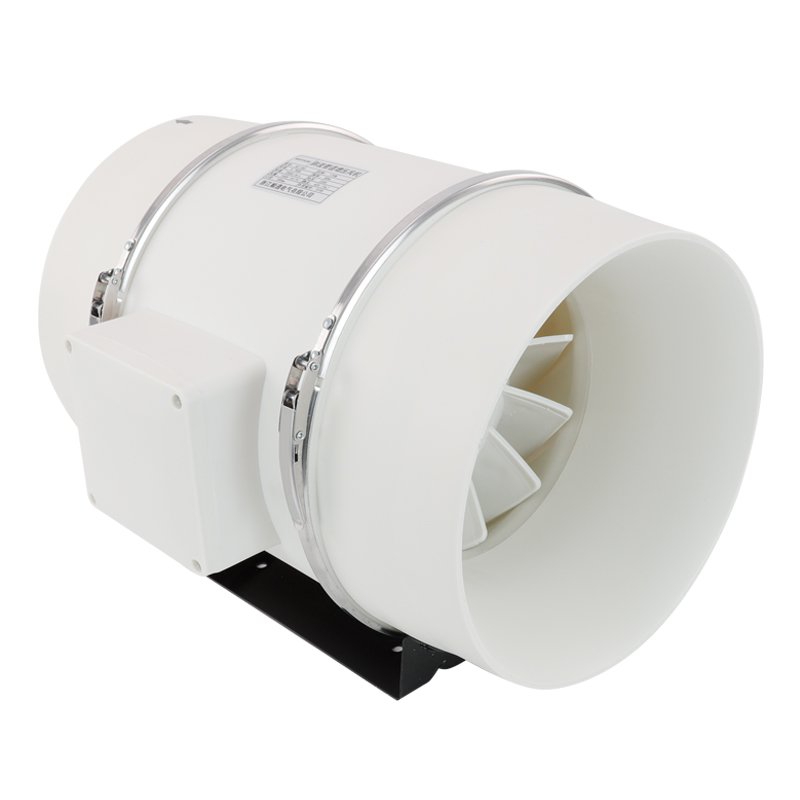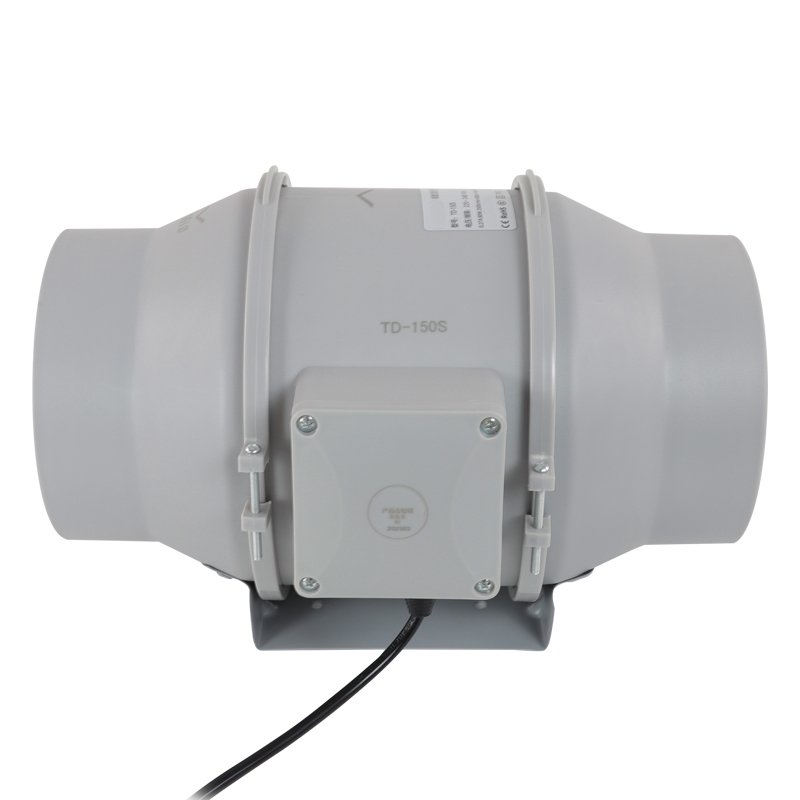Belt-driven fans have been a staple in the machinery industry for decades, employed across a wide range of applications. Despite the emergence of alternative technologies, these fans continue to hold a significant market share due to their unique advantages.
This article delves into the intricacies of belt-driven fans, exploring their working principles, advantages, and limitations. We will also examine their diverse applications and provide guidance on selecting the optimal fan type for specific needs, including a comparison with direct-drive fans.

What Is a Belt-Driven Fan
A belt-driven fan is a type of mechanical fan that utilizes a belt and pulley system to transfer power from the motor to the fan blade assembly. The fan motor is connected to a drive pulley, which is linked to a driven pulley attached to the fan shaft via a belt. This configuration allows for the efficient transmission of rotational energy from the motor to the fan blades.
Belt-driven fans are commonly used in various industrial, commercial, and residential applications, such as HVAC systems, exhaust ventilation, and cooling towers. They are known for their versatility, reliability, and ability to move large volumes of air efficiently.
How Belt-Driven Fans Work
The working principle of a belt-driven fan is based on the transfer of power through a belt and pulley system. The main components of a belt-driven fan include:
- Motor: The fan motor provides the initial rotational power required to drive the fan. The motor is typically an electric motor, which can be single-phase or three-phase, depending on the application and power requirements.
- Drive pulley: The drive pulley is attached to the motor shaft and is responsible for transmitting the rotational power from the motor to the belt. The size of the drive pulley determines the speed ratio between the motor and the fan.
- Belt: The belt is a flexible loop that connects the drive pulley to the driven pulley. The most common types of belts used in belt-driven fans are V-belts and synchronous belts. V-belts have a trapezoidal cross-section and rely on friction to transmit power, while synchronous belts have teeth that mesh with grooves on the pulleys, ensuring slip-free power transmission.
- Driven pulley: The driven pulley is mounted on the fan shaft and receives the rotational power from the belt. The size of the driven pulley, in relation to the drive pulley, determines the fan speed.
- Fan shaft and blades: The fan shaft is connected to the driven pulley and supports the fan blades. As the shaft rotates, the blades move the air, creating the desired airflow.
When the motor is powered on, it rotates the drive pulley, which in turn drives the belt. The belt then transfers the rotational power to the driven pulley, causing the fan shaft and blades to rotate. The speed of the fan can be adjusted by changing the size ratio of the drive and driven pulleys or by using a variable frequency drive (VFD) to control the motor speed.
Advantages of Belt-Driven Fans
Flexibility in Speed Adjustment
Belt-driven fans offer the advantage of adjustable speed through the use of variable pitch pulleys or variable frequency drives (VFDs). By changing the pulley size or using a VFD to control the motor speed, the fan’s airflow can be easily adjusted to meet specific requirements without the need for costly equipment replacements.
Lower Initial Costs
Compared to direct-drive fans, belt-driven fans typically have lower initial costs due to the use of smaller, less expensive motors. The belt and pulley system allows for the use of a motor with a lower horsepower rating, as the speed can be adjusted to achieve the desired airflow. This cost-saving advantage makes belt-driven fans an attractive option for projects with budget constraints.
Noise Reduction
Belt-driven fans can operate at lower noise levels compared to direct-drive fans. The belt and pulley system acts as a buffer, absorbing vibrations and reducing the amount of noise transmitted from the motor to the fan. Additionally, the ability to adjust fan speed allows for optimization of noise levels to meet specific application requirements or environmental conditions.
Ease of Maintenance
Maintenance tasks, such as replacing worn belts or adjusting belt tension, are relatively simple and can be performed by in-house maintenance staff without the need for specialized tools or expertise. The belt and pulley system also allows for easier access to the motor and other components, facilitating regular maintenance and troubleshooting.
Disadvantages of Belt-Driven Fans
Higher Maintenance Needs
While belt-driven fans offer ease of maintenance, they also require more frequent attention compared to direct-drive systems. Belts can stretch, wear, and require periodic replacement to ensure optimal performance and prevent failures. Regular inspections and adjustments are necessary to maintain proper belt tension and alignment.
Energy Efficiency Concerns
Belt-driven fans may have lower energy efficiency compared to direct-drive systems due to energy losses in the belt and pulley system. Slippage between the belt and pulleys can result in reduced efficiency, particularly if the belts are worn or improperly tensioned. However, this efficiency gap can be minimized through proper maintenance and the use of high-efficiency belts and motors.
Applications of Belt-Driven Fans
HVAC Systems
Belt-driven fans are commonly used in heating, ventilation, and air conditioning (HVAC) systems for buildings and industrial facilities. They are well-suited for applications that require variable airflow, such as in air handling units, rooftop units, and ventilation systems.
Industrial Process Cooling
In manufacturing and industrial processes, belt-driven fans are employed for cooling purposes. They can be used to cool equipment, products, or materials during various stages of production, helping to maintain optimal operating temperatures and prevent overheating.
Agricultural Ventilation
Belt-driven fans are used in agricultural settings, such as greenhouses, poultry houses, and livestock barns, to provide ventilation and temperature control. The ability to adjust fan speed allows for precise control over airflow and temperature, creating optimal growing conditions for plants and animals.
Exhaust Systems
Belt-driven fans are utilized in exhaust systems for various applications, including industrial kitchens, laboratories, and manufacturing facilities. They effectively remove heat, fumes, and contaminants from the air, maintaining a safe and healthy working environment.
Considerations for Choosing Belt-Driven Fans
Budget Constraints
When selecting a fan system, it is important to consider the available budget. Belt-driven fans offer lower initial costs compared to direct-drive systems, making them an attractive choice for projects with limited budgets. However, it is crucial to factor in the long-term maintenance costs associated with belt-driven fans to ensure a cost-effective solution.
Noise Levels
Noise levels are a critical consideration, particularly in applications where low noise is desired, such as in commercial spaces or near residential areas. Belt-driven fans can operate at lower noise levels compared to direct-drive fans, but proper selection and maintenance of the belt and pulley system are necessary to minimize noise generation.
Maintenance Capabilities
The maintenance requirements of belt-driven fans should align with the available resources and expertise of the facility. While belt-driven fans offer ease of maintenance, they require regular inspections, belt replacements, and tension adjustments. Facilities with limited maintenance staff or resources may opt for direct-drive systems that have lower maintenance needs.
Specific Application Requirements
The choice between belt-driven and direct-drive fans depends on the specific application requirements. Factors such as required airflow, efficiency targets, space constraints, and environmental conditions should be carefully evaluated. In applications where precise speed control and adjustability are critical, belt-driven fans may be the preferred choice.
Comparison with Direct-Drive Fans
| Aspect | Belt-Driven Fans | Direct-Drive Fans |
|---|---|---|
| Speed Control | Allows for flexible speed adjustment by changing pulley sizes or using variable speed drives | Limited speed control options, typically requiring a VFD for speed adjustment |
| Initial Cost | Lower initial cost due to simpler design and fewer components | Higher initial cost due to more complex motor and fan assembly |
| Energy Efficiency | Less energy efficient due to power loss through belt and pulley system | More energy efficient with direct power transmission from motor to fan |
| Maintenance | Requires regular maintenance, such as belt tension adjustment and replacement | Lower maintenance requirements due to fewer moving parts |
| Noise Levels | Generally quieter operation due to the belt absorbing vibrations | Potentially higher noise levels due to direct transmission of motor vibrations |
| Footprint | Larger footprint to accommodate belt and pulley system | Compact design with motor and fan mounted on a single shaft |
| Load Capacity | Can handle higher load capacities by increasing belt and pulley sizes | Limited by the motor’s direct load capacity |
| Durability | Belts are prone to wear and tear over time, requiring replacement | More durable with fewer wear points, but motor failure can be catastrophic |
| Application Flexibility | Suitable for a wide range of applications, particularly those requiring speed adjustments | Ideal for applications requiring constant speed and high energy efficiency |

